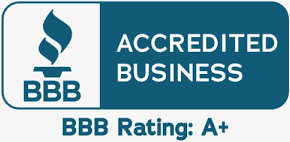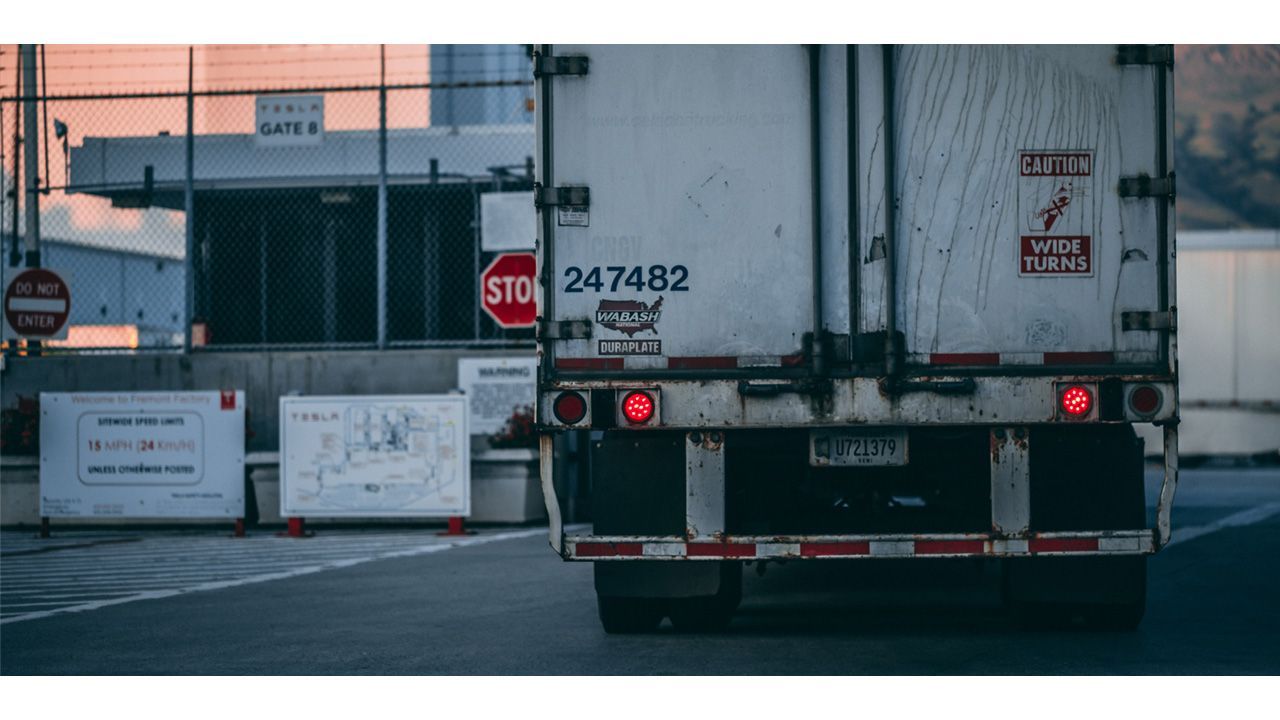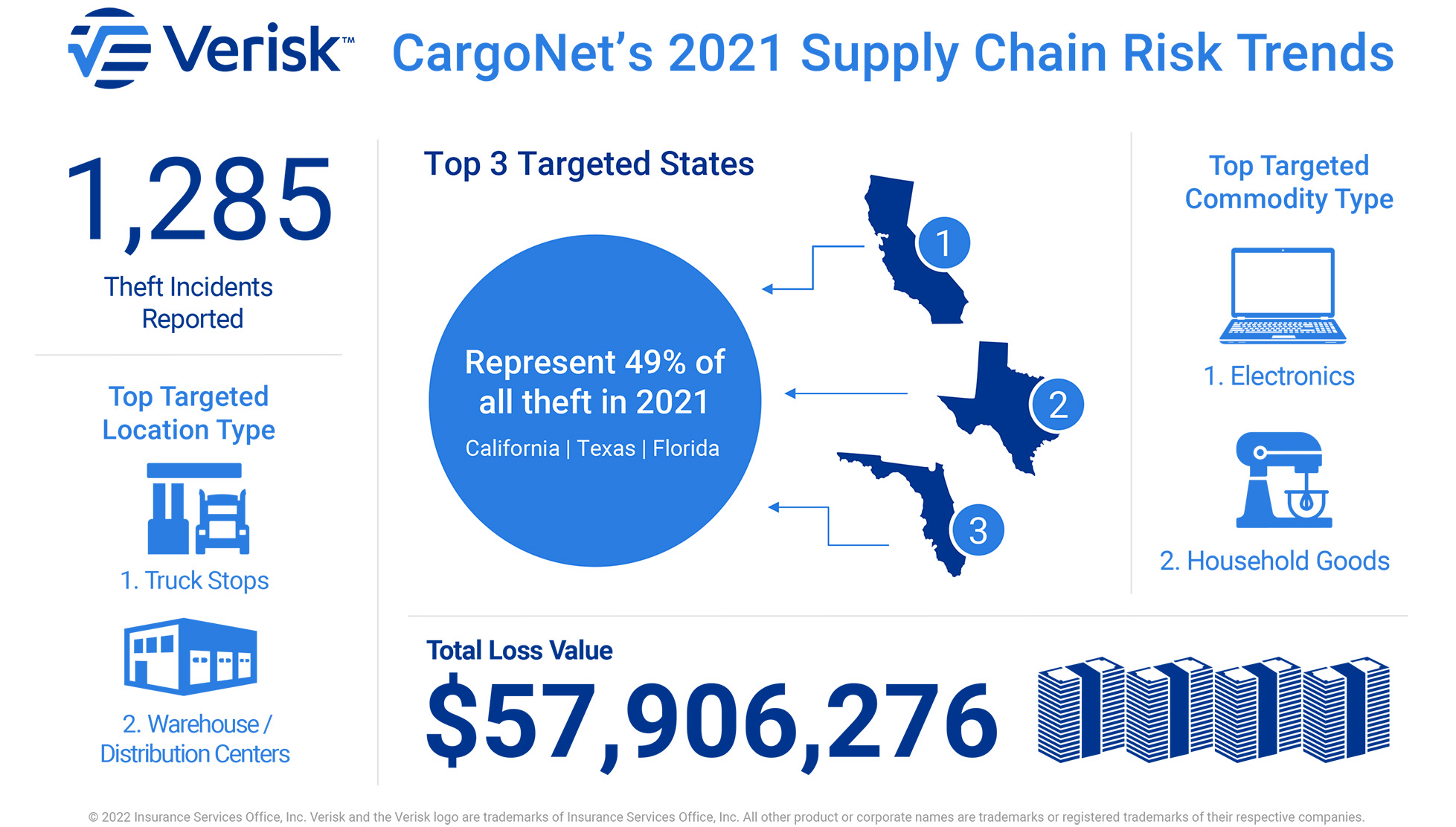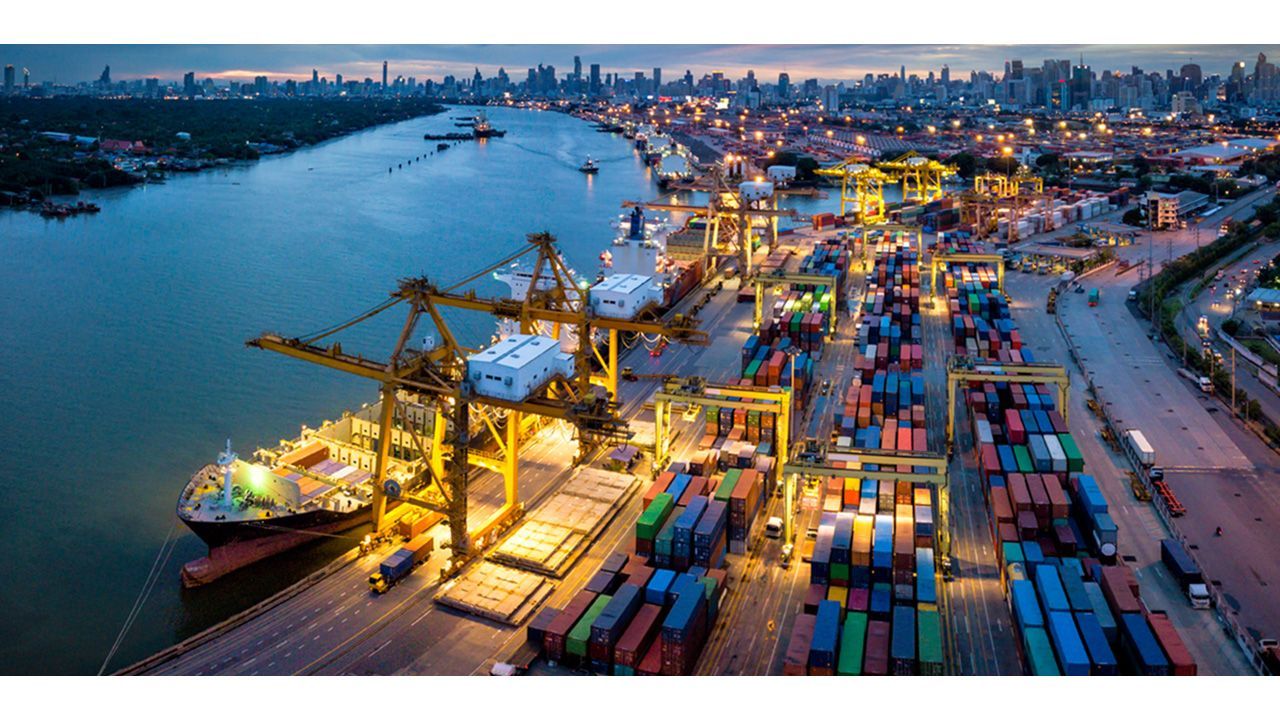Transportation, logistics, and cargo play a crucial role in the global economy. A disruption in worldwide trade can result in both practical and financial impacts, such as the two-week Suez Canal blockage, which caused an hourly loss of $400 million to the global economy. While some disruptions are uncontrollable, others, such as theft and criminal activity targeting vessels, vehicles, storage facilities, and cargo, can be prevented. Enhancing security protocols and technology can secure the supply chain from such risks.
According to Calipsa, employee theft, shoplifting, administrative errors, and vendor fraud are the four leading causes of shrinkage. Thus, criminal behavior is responsible for three of four sources of shrinkage.
The Tools of the Trade
Today, we employ the use of several tools in order to protect and maintain the integrity of authentic cargo. Some of these tools include seals, tamper-evident labels, RFID (Radio-Frequency Identification) tags, and barcodes. Seals, such as bolt seals and cable seals, can be used to secure containers. Tamper-evident labels, on the other hand, provide a visible indication of any attempt to access the contents of a package or container. RFID tags and barcodes allow for real-time tracking and identification of cargo, providing an additional layer of security. In addition to the authentication tools, GPS trackers are often used to monitor the location and movement of cargo in real-time, providing an additional layer of security and enabling the ability to quickly respond in case of any unexpected deviations or incidents. These tools are essential for ensuring the safety and security of cargo during transit, and can provide added peace of mind for both the shippers and receivers of the goods.
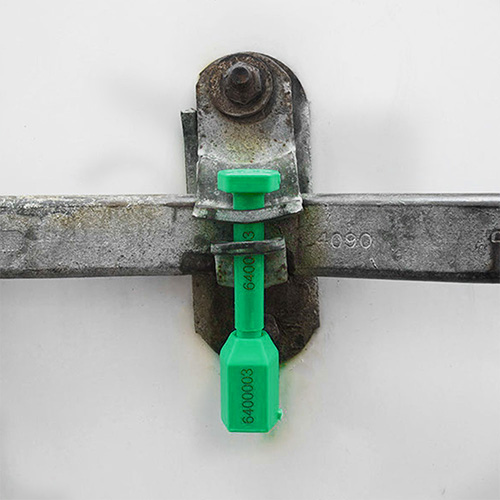
Bolt Seals
Bolt seals are a one-time-use security seal used for sealing cargo. Bolt seals are one of the most common logistics seals often used for sealing shipping containers. They aim to provide recipients with visible evidence if tampering has occurred. To verify that the original bolt seal is still attached, many customs authorities require bolt seals to be uniquely numbered on both pins and barrels. The substantial breaking strength of bolt seals makes them difficult to remove or open without the help of a bolt seal cutter.
Pallet Seals
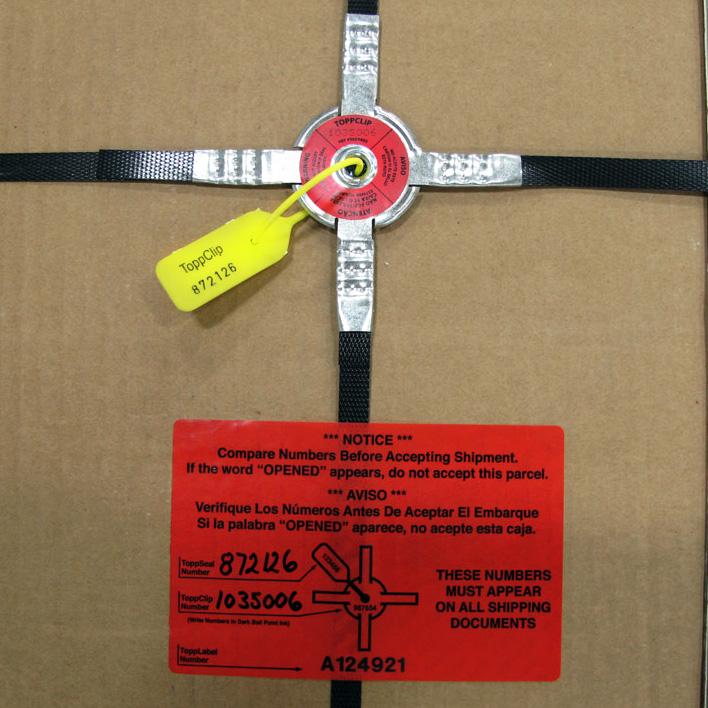
Pallets with conventional banding can easily be accessed by thieves who can remove and replace the generic banding and metal crimps. Upon removing the banding, you can remove the contents and/or add contraband. Afterwards, new strapping and/or metal crimps are applied to replace the originals. Adding protection to the metal crimps that bind the strapping is the best way to protect pallet integrity. Pallet seal products offer a strategy for deterring and detecting tampering with palletized cargo. One of the most secure pallet seals is referred to as a ToppClip™.
In addition to eliminating the generic metal crimps, it also adds protection to the strapping. ToppClip™ is the only crimp needed to secure the banding. If there are other banding crimps, it would be an indication that something has been tampered with. When the ToppClip™ is applied, it is virtually impossible to tamper with or replace the banding without leaving visible marks. Serial numbers of seals should be recorded on shipping documents by the shipper. In addition to verifying the serial numbers, the receiver should look for other signs of obvious tampering.
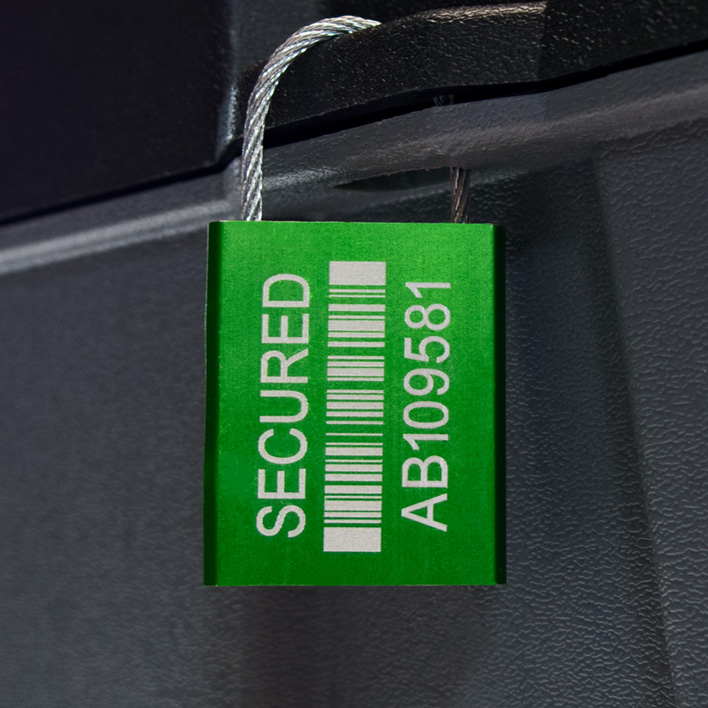
Cable Seals
Cable seals have various cable lengths giving them increased versatility. Vehicles transporting valuable commodities are typically sealed with cable seals. The seal’s cables are prevented from being removed by a locking mechanism inside. According to ISO 17712, most cable seals are classified as high security. The seal body and head of all ISO 17712 compliant seals are numbered to prevent their substitution. Typically, laser marking is used, which cannot be removed without damaging the body mechanism. In order to prevent cutting and reapplication, seals typically use non-preformed steel cable. Once cut, the cable frays and cannot be fed through the seal body.
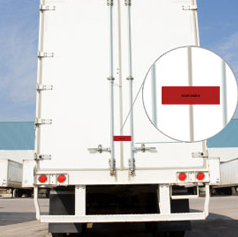
Cargo Door Seals
Cargo door security labels are used as an added layer of security for sealing the doors on truck trailers, sea containers, and crates. These labels are applied over the door hinges or across the center gap of the two hinged doors. When removed, the seals will trigger a visible effect to indicate tampering, which leaves the OPENED VOID message in the film and a corresponding message in the adhesive residue on the door surface.
Barrier Seals
A barrier seal provides maximum protection for cargo shipped via truck and container. No special tools are required to mount them on both shipping container doors' locking rods, which secure both doors. It is common for barrier seals to be one-time-use products since a grinder or torch is typically used to remove the seal.
Other Logistics Considerations
Vetting security personnel, secure storage facilities, and keeping serial logs are three essential components of logistics security. These measures ensure the safety of the goods being transported and the individuals involved in the logistics process.
Security Personnel
Vetting security personnel is crucial for logistics security. Security personnel are responsible for the protection of goods in transit and must be able to carry out their duties effectively and professionally. By conducting background checks and verifying references, companies can ensure that they are hiring individuals with a proven track record of integrity and reliability. This helps to minimize the risk of theft, fraud, or other criminal activity.
Secure Storage Facilities
Storage facilities must be designed to withstand unauthorized entry and provide adequate protection against theft, damage, and other security threats. They should be equipped with security systems, such as alarm systems, cameras, and access control systems, to deter potential criminals and monitor the facility for any suspicious activity. In addition, cargo is at its most vulnerable when paused in transit such as when it’s sitting on a parked truck or in a holding warehouse. It’s critical that security is maintained at these junctures to maintain product legitimacy.
Serial Number Logs
Serial numbers provide a unique identifier for each item being transported, allowing for accurate tracking and inventory management. By keeping detailed logs of serial numbers, companies can quickly determine if an item has been lost, stolen, or damaged during the transportation process. This information can also be used to track the item and retrieve it if necessary, making it a valuable tool for logistics security.
Using pallet seals, bolt seals, cable seals, barrier seals, and cargo door seals is crucial for logistics security. These seals provide a physical barrier to prevent unauthorized access to the goods in transit and ensure that the shipment remains intact and secure from the point of origin to the final destination. By using these seals, companies can maintain the integrity of their shipments and reduce the risk of theft, damage, or tampering. Overall, the use of seals is a cost-effective and efficient way to improve logistics security and protect valuable shipments
NovaVision offers a wide variety of high quality, tamper-evident security products. We can provide you with a custom solution that meets your needs. Visit novavisioninc.com or call (800) 336-6636 to learn more about our products and speak to one of our security experts.


